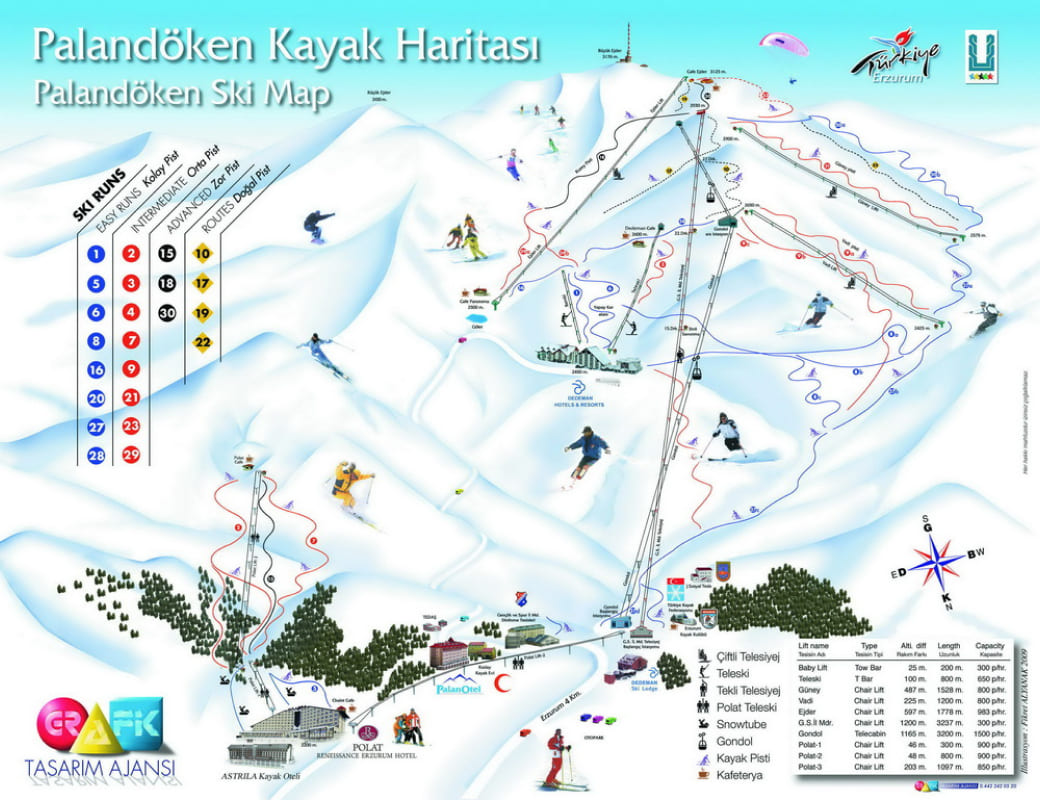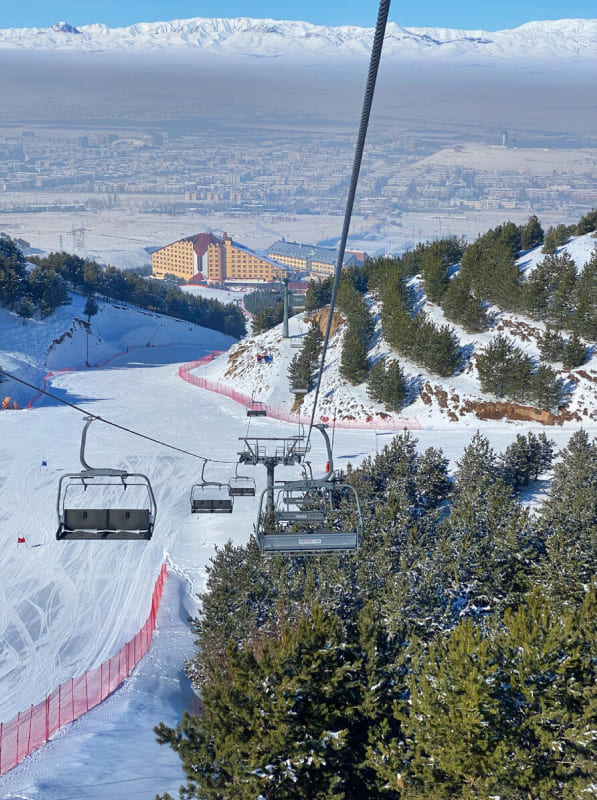Erzurum: Centuries of History and Skiing
Erzurum is located at the foot of Mount Palandöken, and among the advantages of this resort are its architectural landmarks that attract history enthusiasts, as well as excellent opportunities for skiing. Additionally, the Erzurum region is home to thermal springs with mineral water and therapeutic muds.
Erzurum is one of the key cities in eastern Turkey and a rare place in this area that doesn’t appear to be a remote province, although it remains quite conservative. In Erzurum, one can easily spend a whole day exploring Seljuk monuments, old houses, and forts scattered across the mountains.
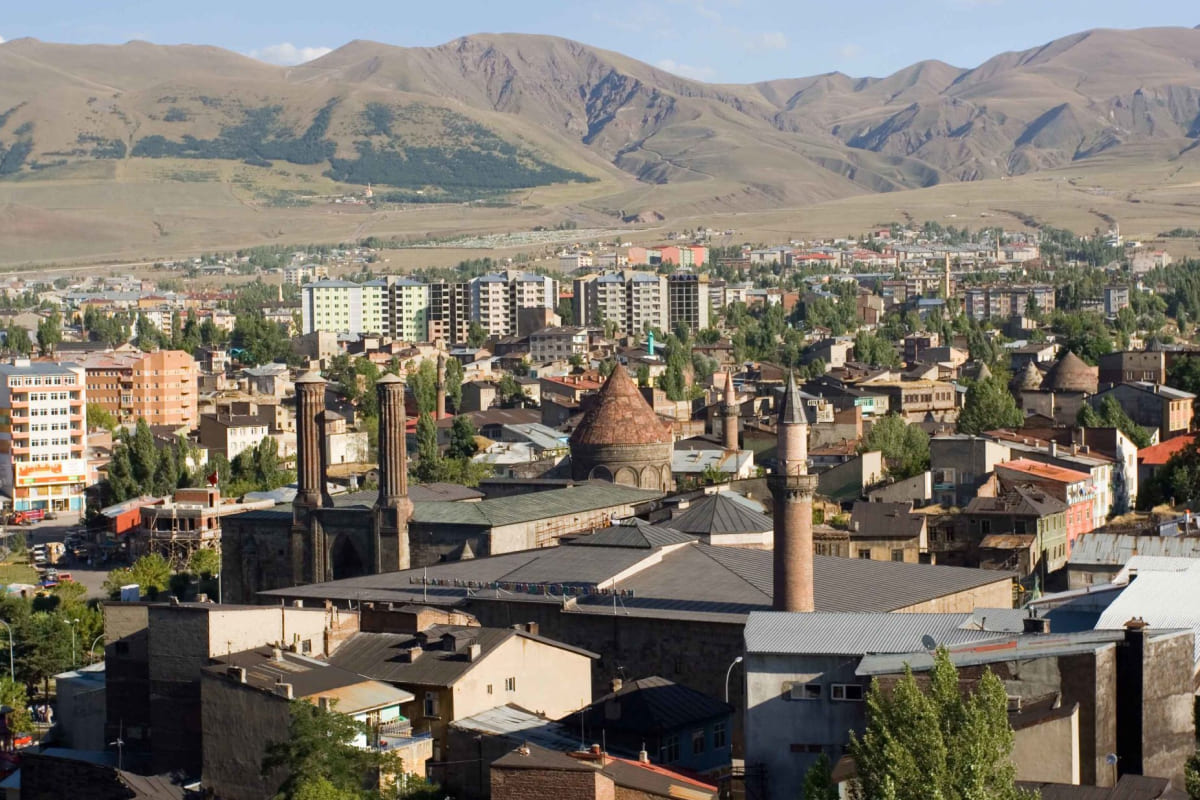
Armenian Karin, Seljuk Erzurm
This region has been inhabited since ancient times and was the main route connecting the Caucasus with Central Anatolia. The first «documented» inhabitants of the city were Armenians, who called it Karin. When, at the end of the 4th century AD, Greater Armenia was divided between the Byzantines and the Persians, Karin ended up on the Byzantine side and was renamed Theodosiopolis. Armenians continued to live here, adapting both to the Byzantines and to the Arabs who conquered these lands in the early 8th century, although the more visible history of the city began in 1071 with the arrival of the Seljuks. It is from them, most likely, that the name Erzurum originated, with the characteristic ending Rūm, which referred to Christians as the heirs of the Romans.
By combining the craftsmanship of Armenian architects with Islamic culture, the Seljuks created one of the finest Seljuk monuments in Turkey in Erzurum, the beautifully carved madrassas, which are now a city landmark.
In the 12th-15th centuries, Erzurum belonged to various Turkic tribes and Persians, until in 1514, it was annexed by the Ottoman Empire, which made the city the center of an eyalet, a region of the highest administrative level, extending over much of Western Armenia.
Later, Erzurum became one of the key sites in the Russo-Turkish wars. The Russian army occupied the city three times, in 1829, 1878, and 1916, but each time it was returned under the terms of peace treaties. During the first occupation, Pushkin was present and wrote the famous «Journey to Erzurum», and the third occupation preceded the Armenian genocide, during which Armenians were either expelled from the city or exterminated in 1915. Shortly after these events, when the city was returned to the Ottoman Empire, Mustafa Kemal Atatürk visited and convened the Erzurum Congress in 1919, which marked the beginning of the creation of the Turkish Republic.
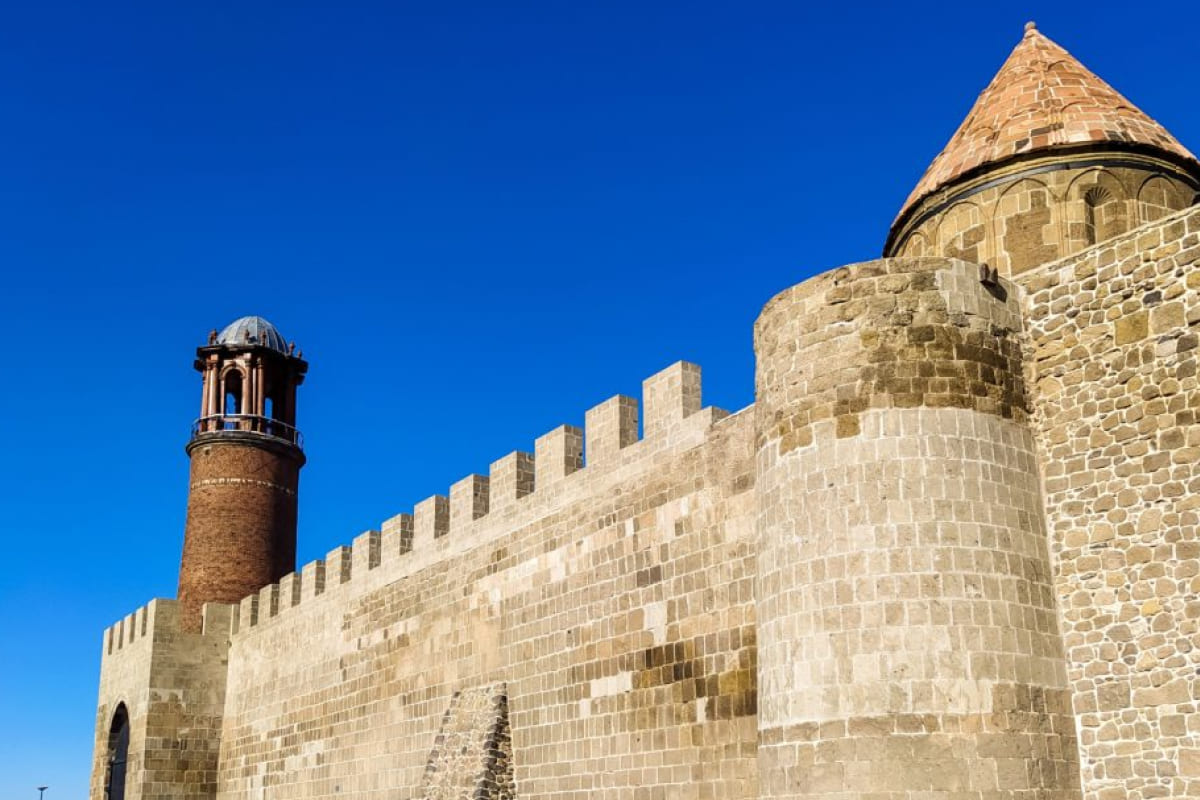
Climate of Erzurum
Due to its high altitude above sea level, Erzurum has a relatively harsh, continental climate. Winters are characterized by heavy snowfall and a stable ten-degree frost, while summers feature scorching sun with temperatures above 30°C during the day and cool nights. Continental climates generally experience significant fluctuations in daily temperatures, which is important to consider when planning a visit.
Erzurum, located high above sea level, is one of the coldest cities in Turkey. For those who don’t plan on skiing, the best times to visit are May or September. However, skiers will find the conditions comfortable from mid-December to mid-April, with the ideal time for skiing being from January to March.
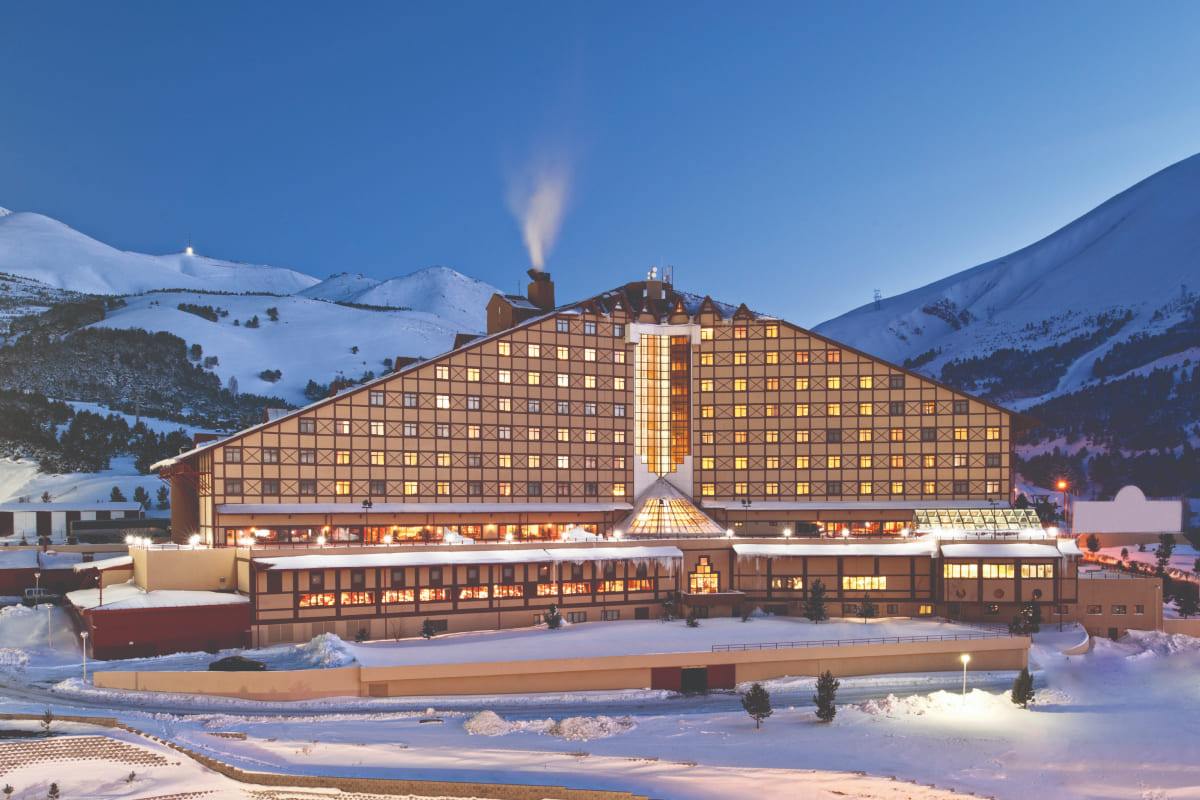
Technical Conditions of the Skiing Region
The Palandöken Ski Resort is just 20 minutes away from Erzurum Airport. Below is a brief overview that will surely appeal to skiing enthusiasts:
- Highest point of the region: 3,176 meters
- Skiing area: from 2,200 to 3,176 meters
- Elevation difference: 976 meters
- Total length of slopes: up to 40 kilometers
- 7 blue slopes, 8 red slopes, 2 black slopes
- Longest slope: 11 kilometers
- 7 ski lifts with a capacity of 6,300 people per hour
- 2 children’s lifts
- Heli-skiing, freeride, night skiing
- Ski rental, qualified ski instructors
Here, you can enjoy ski touring, visit restaurants, cafes, and bars, or relax in the sauna. Most of the resort’s hotels operate on an All Inclusive or Full Board Plus basis and are rated 4-5 stars.
Thermal Springs of Erzurum
The Erzurum region is home to thermal springs with mineral waters and healing muds. Tourists visit areas such as Çorak, Süngercik, Helenk, Meman, Gelingeldi, and Asboga. The best thermal springs and spa resorts in Erzurum Province are located in the towns of Pasinler, Ylıca, and Akdağ. Every 4- and 5-star hotel in these areas offers excellent SPA services, making Erzurum an impeccable resort in this regard.
The water temperature in the springs ranges from 38-42°C. The water is drinkable and has a pleasant taste, while baths made from it help with conditions like rheumatism, neuralgia, dermatological and gynecological issues, inflammatory processes, and musculoskeletal problems. The high content of calcium, magnesium, and other elements attracts people with liver diseases, insomnia, spine problems, and metabolic disorders.
One of the most famous local thermal springs is Pasina. This resort offers visitors thermal baths, saunas, and a wide range of other services. The water here is rich in calcium, sodium, magnesium, and iron.
What to See in Erzurum
History enthusiasts should take a tour of ancient Erzurum, which was one of the largest and most magnificent cities in Eastern Anatolia. The city’s history is filled with destructive wars, yet it still preserves interesting historical landmarks: a large mosque built in 1179, a madrasa with twin minarets built in 1253, and other noteworthy attractions.
City Fortress
The city citadel offers a stunning view of Erzurum and its surroundings. The inner fortress was built in the early 5th century at an altitude of nearly 2000 meters above sea level. The fortress houses a small 12th-century mosque with a conical roof and a minaret tower from the early 12th century, with a clock given by Queen Victoria.
Çifte Minareli Madrasa
Erzurum is home to one of the largest educational institutions in Anatolia, the Çifte Minareli Madrasa (13th century). The madrasa is named after its twin minarets (the word «Çifte» in Turkish means «twins»). The madrasa grounds also feature a small mosque, student rooms, and a mausoleum, which possibly belonged to the daughter of Sultan Kayqubad I.
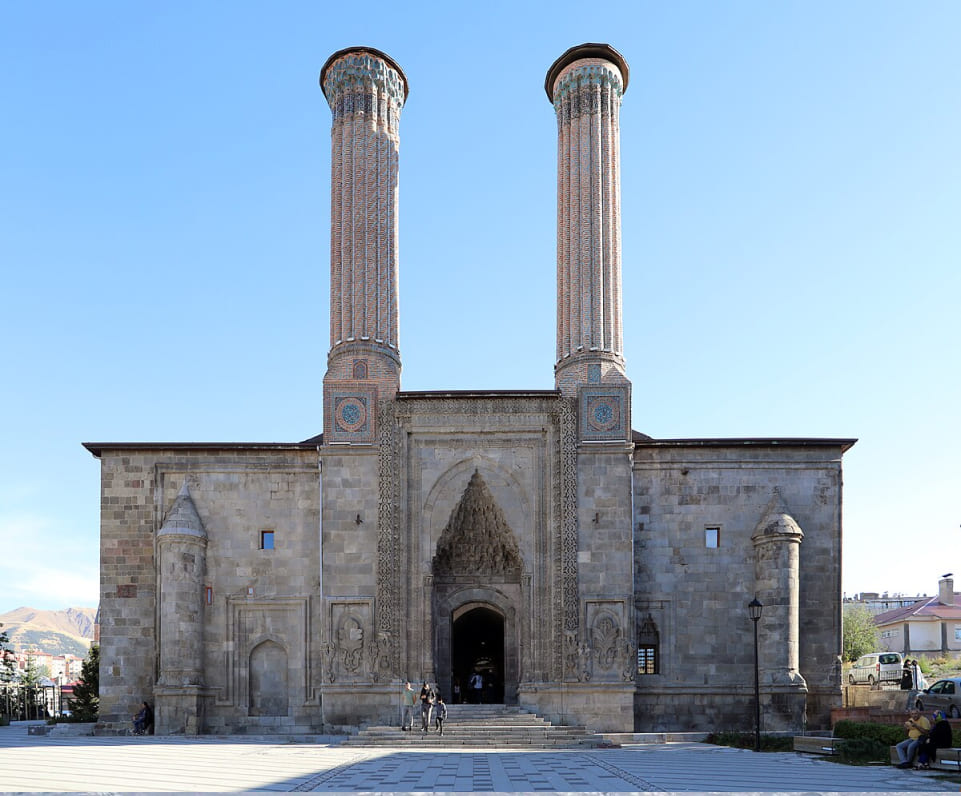
Ulu Mosque
The central street of Erzurum is Cumhuriyet, which concentrates most of the city’s landmarks, including the Lala Mustafa Pasha Mosque, the Cafierye Mosque, and the impressive Ulu Mosque, built in 1179. The Ulu Mosque has undergone five reconstructions, but parts of the original 12th-century structure remain, including the central nave and the wall facing Mecca, with three mihrabs.
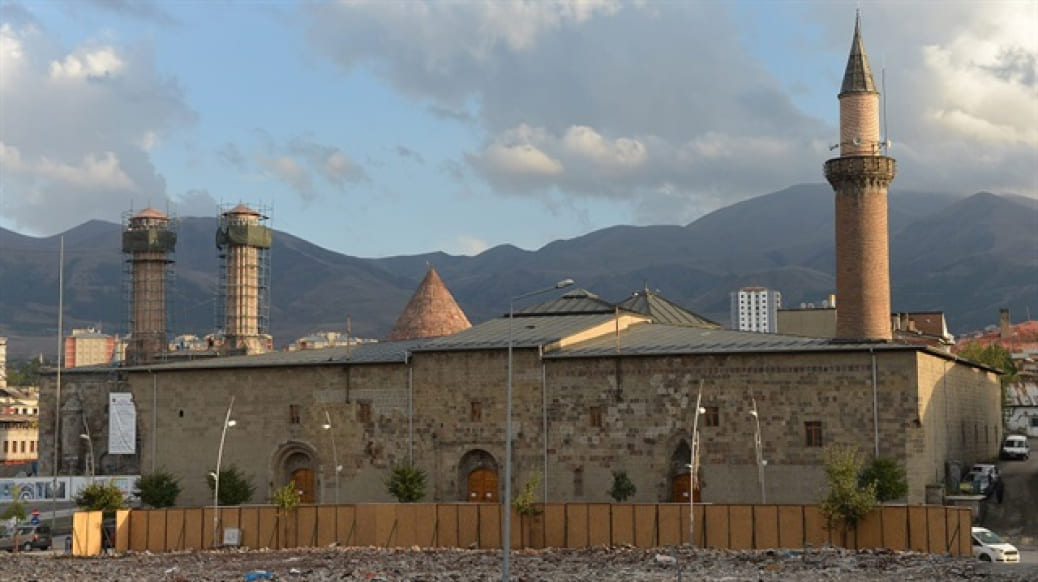
Erzurum Museum
The ethnographic museum of Turkish and Islamic arts houses examples of weapons, pilgrim clothing for the journey to Mecca, dervish accessories, jewelry, and handcrafted items made of obsidian. This mineral is mined 150 kilometers from Erzurum in the Oltu region.
The museum’s collection also includes fascinating archaeological finds from various historical periods: ancient Greek jewelry, Roman-era glassware, and antique coins.


